Pavement maintenance management tools
Posted: 1 December 2006 | Marc Stet, Member of the CROW Airport Study Group on PCN and the Study Group on Runway Roughness | No comments yet
Unforeseen operational delays related to pavements are not acceptable for airport authorities. This and limitations in the available funds and resources, as well as the strong need felt by the decision makers to qualify and to quantify the consequences of allocating budgets to maintenance, has led to the situation where use of a pavement maintenance management system is a must for airport authorities.
Unforeseen operational delays related to pavements are not acceptable for airport authorities. This and limitations in the available funds and resources, as well as the strong need felt by the decision makers to qualify and to quantify the consequences of allocating budgets to maintenance, has led to the situation where use of a pavement maintenance management system is a must for airport authorities.
Pavement management
For a pavement to serve its purpose, it must have adequate load-carrying capability, good rideability, and must allow safe operation of aircraft under all conditions. A pavement maintenance management system (PMMS) rationalises the need for maintenance activities in a technical and economical manner. A PMMS provides a systematic, consistent method for selecting maintenance and rehabilitation (M&R) techniques, determining priorities and optimal time for repair by predicting pavement deteriorating patterns over time. Pavement evaluation is a key part of the PMMS and provides information to the planning group for assessing deficiencies on a network¬ basis, and to the design group for detailed project analysis. Network level decisions consist of an analysis of large portions of the pavement network, typically the entire facility, over a multi-year period. Decisions are based on an analysis of predicted pavement performance for each construction section being considered. Feasible rehabilitation treatments, or levels of repair, are assigned to certain levels of deterioration and appropriate times for repair are triggered and budgeted. Outputs are reported in terms of overall network condition and usually include a visual representation of the impacts of various budget scenarios.
At the project level, specific segments of a pavement are analysed where a rehabilitation action has been scheduled through a network analysis. Project level analysis includes a comprehensive evaluation of the performance of the particular pavement segment being considered, as well as a review of past construction and rehabilitation actions. All types of feasible rehabilitation treatments are considered and the most cost-effective treatment is usually identified. Nevertheless, for highly loaded pavement areas, such as touch-down-areas and other in-service aircraft pavements, limited serviceability is a reason to choose more durable M&R solutions (i.e., use of polymer modified asphalt). Pavement management allows for comparisons of maintenance and rehabilitation (M&R) alternatives and can help to select the most cost-effective and economic M&R solution. The decisions made at each of these levels of analysis are dependent on some method of evaluating pavement condition in order to predict future performance, prioritise needs and determine required repair levels.
Pavement prediction models
An important feature of a PMMS is the ability to determine the current condition of a pavement network and to predict its future condition. Pavement condition prediction models are imperative for a PMMS.
Pavement condition involves four main components: riding comfort, load-carrying capacity, safety and aesthetics. Pavement condition varies with time. In this sense, it must be considered now and in the future.
Pavement management evaluation models include predictive models based on empirical and/or analytical relationships that have been developed for pavement behaviour. Performance prediction models relate behaviour, distress and performance. Periodic monitoring allows adjustment of the prediction models and consequently improves the reliability of the PMMS. A performance prediction model predicts the development of distress or the pavement deterioration in time. Two basic models can be discriminated (see figure 1). Distress type A describes a continuous gradual deterioration, whereas distress type B shows progressive deterioration with a sharp decline in pavement condition at the end of the service life. The progression of the deterioration in time differs per distress type. The curves are S-shaped, which implies that the ability of certain maintenance measures to reduce their rate of deterioration as the service life is approached, can be recognised and a terminal condition can be defined. In figure 1, two levels can be depicted. The lower one is the warning level, while the upper is the action level. The number of years between transition of the warning level and the action level differs per distress type. M&R measures are most effective if they are performed before the sharp decline in pavement condition is reached. Prediction models allow a life-cycle cost approach and ensures the selection of the most economic strategy.
Pavement condition measurements
For monitoring pavements, condition measurements are carried out on a periodic basis. Pavement condition is evaluated using various condition indicators which include distress, deflection, roughness and skid. Figure 2 depicts the position of several monitoring methods within the pavement management system [1].
Safety response is handled by measuring the skid resistance and roughness of the surface. The behaviour of the pavement is monitored with response load-deflection measurements. Physical strength properties are assessed by analysis of deflection results. The severity level and quantity of each distress present is identified by means of a distress condition survey. The monitoring methods are described in more detail in the next paragraphs.
Pavement condition survey and rating procedure
The current industry standard is the MICROPAVER pavement management system, developed by the U.S. Army Corps of Engineers under contract to the Federal Aviation Administration (FAA). The pavement condition index (PCI) survey procedures for airfield pavements and parking lots have been adopted worldwide as the industry standard for assessing current pavement condition. The procedures are fully documented in FAA Advisory Circular 150/5380-6. Currently, the MicroPaver system [2] is used as a Standardization Agreement within NATO. The system is in use by Amsterdam Airport Schiphol too. Several other PMMS-tools such as Rambolls AIRPAVE Management™, as used by CPH Copenhagen Airport and Sydney airport, and Dynatest’s AIRPORT-PERS-system, in use by several international airports (a.o. Kuala Lumpur on behalf of Malaysia Airports Holding Berhad), incorporate the pavement condition index (PCI) survey procedures in their systems. The use of recursive performance models (i.e. the system will adjust the performance models to reflect observed conditions) can more accurately predict future performance [3].
The data bases of these PMMS-programs contain information on pavement definition, pavement distress, construction history, traffic, layer material properties and maintenance policies. The system allows specific customer adjustments and is designed to utilise current condition data obtained in the field to asses the overall condition of the pavement network and project future budgeting needs. The distresses are obtained in an objective and repeatable manner. The PCI is an index of the pavement’s structural and surface operational condition, and is a numerical rating index, ranging from 0 for a failed pavement to 100 for a pavement in perfect condition. Calculation of the PCI is based on the results of a visual condition survey in which distress type, severity, and quantity are identified. The PCI provides an insight into the causes of distress and relates to load or climate.
Roughness measurement and evaluation
Roughness is an important indicator of pavement comfort and safety. From a user’s point of view, rough pavements mean discomfort, decreased speed, and potential aircraft damage that implies increased operating cost. An airport pavement could, in theory, have a pavement condition index (PCI) of 90 to 100, and a high load carrying capability, but be unusable because of poor ride quality. Although this is an extreme example, it does emphasise the importance of including “rideability” as a necessary part of any pavement management system.
The most practical way is to measure the runway profile and simulate an aircraft operating on it to determine its “ride quality”. A roughness evaluation requires a profile elevation survey along the centreline of the runway over the reported rough areas, plus survey lines along the same area where the main gear track would normally be – about 3 to 3.5 meters on each side of the runway centreline. High speed profilers are available and simulation technology is mature and practical. Pavements can be monitored for ride quality just as easily as they can for structural integrity. Based on the vertical accelerations, the roughness can be ranked as smooth, average or excessive. For analysis, use can be made of APRas or FAA’s ProFAA program. Runway Roughness and aircraft rideability has been discussed in full detail in Issue 2/2006 [4].
Skid measurement and analysis
Aircraft landing safety is highly dependent on pavement surface characteristics. When pavements are dry, the friction generated between the tyres and the pavement is normally high. During inclement weather, water can create a critical situation by increasing the potential for hydroplaning or skidding, in particular when the skid resistance of a pavement is low. Without adequate skid and hydroplaning resistance, the pilot may not be able to retain directional control and stopping ability on wet pavement. The major reason for collecting skid resistance data is to prevent accidents; the data is used to identify pavement sections with low or rapidly deteriorating levels of skid resistance. This information can then be used as a management tool to help prioritise pavement maintenance and rehabilitation and to select the appropriate alternative.
Although skid resistance is considered a pavement property, various conditions other than those of the pavement itself affect the friction developed between a tyre and pavement surface. Conditions such as tyre pressure, tyre tread, the presence of water, temperature, load, and speed alter and vary with time. ICAO’s Annex 14, recommends to frequently carry out skid-resistance measurements. With given frequency of aircraft landing, the skid is to be measured every 2 to 4 months. ICAO allows several measuring devices, each having their own friction levels.
Non-destructive deflection testing and interpretation
New Generation Aircraft (A380, B777) have led to widespread concern amongst airport pavement engineers. Are the pavements up to carrying the increased loading? Structural pavement assessment methods reveal the true load-carrying capacity. Structural pavement condition is an essential part in the assessment of the maintenance strategy. Non-destructive deflection testing (NDT) has become popular in evaluating the structural condition of in-service pavements. The condition of the pavement is deduced from the response in terms of vertical displacements due to the impact of a load, simulating actual traffic loads. NDT has two major advantages over destructive testing. First, destructive testing, by definition, disturbs the underlying paving layers or necessitates removal of the pavement materials to a laboratory for testing, whereas NDT is truly an in-situ test that evaluates the pavement without any material disturbance of modification. The second advantage of NDT is that the tests are relatively quick and inexpensive, allowing more of them to be completed while causing less disruption to traffic than destructive testing.
In order to determine load carrying capacity, an understanding of pavement performance characteristics (often expressed in terms of Pavement Classification Number – PCN) is required along with accurate predictions of pavement loading (often using Aircraft Classification Number – ACN). If both of these are known then long-term plans including annual maintenance budgets can be put together for incorporation into airport development plans. Failure to accurately calculate or predict either of these factors can result in worst case scenarios of pavement failure requiring total reconstruction. The more common outcome, however, would be unplanned maintenance with the associated increase in the whole life cost for maintaining the pavement.
The PCN can easily be deduced in an analytical manner using pavement (re)design tools such as PAVERS® [5]. It is a complete software package that allows the modern pavement engineer to back-calculate a pavement based on FWD-surveys, as well as define or use calibrated performance models and failure criteria for all pavement layers in his pavement design and FWD assessment projects. The unique rigid pavement model allows the use of the same rigorous method for dealing with lateral aircraft wander as for asphalt pavements. The program is suitable for both flexible and rigid structures. Hence, the effect of different pavement materials, strengths, load or complex load mixes on various pavements can quickly be explored.
Closure
Use of a Pavement Maintenance Management system leads to a sound understanding of pavement behaviour. Visual distress information and data on functional and structural condition enable the user to closely monitor the condition and deterioration and compare this with the requirements. Damage functions include overall pavement structural strength, roughness, cracking, rutting, skid resistance and surface wear. These tools are available and can assist airport authorities, asset managers and responsible pavement engineers to make pavement performance a practical and managerial pavement parameter.
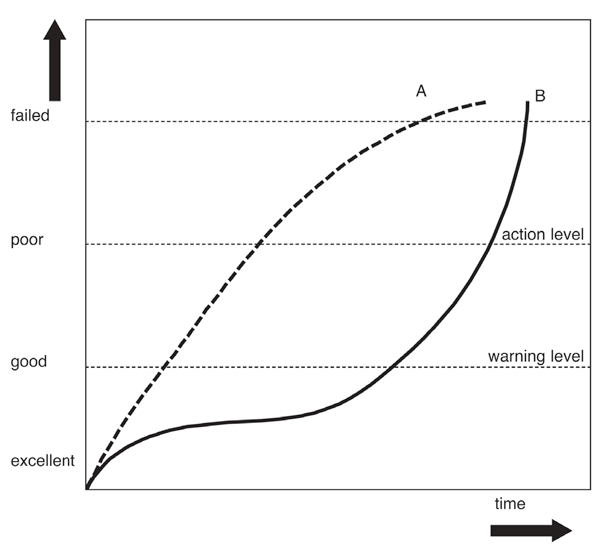

Figure 1: Example of a performance condition prediction model
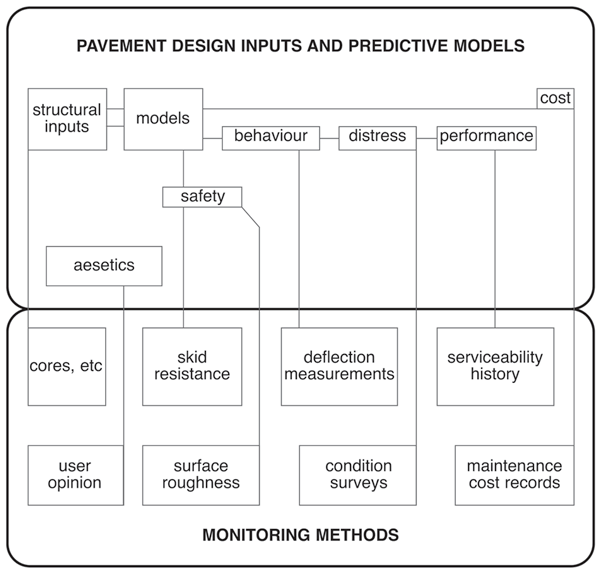

Figure 2: Pavement management system and monitoring methods
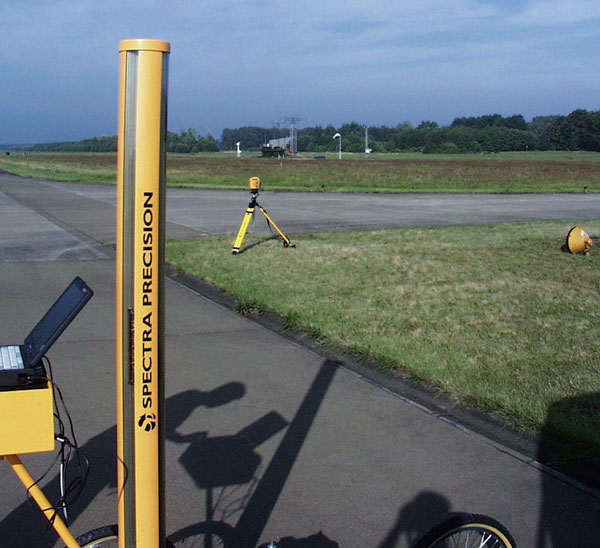

Figure 3: Roughness measurement using rotating laser and automated level
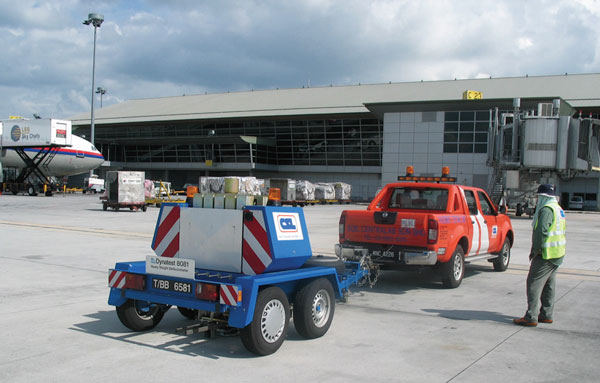

Figure 4: Dynatest HWD testing for sculptural capacity at Kuala Lumpar Airport
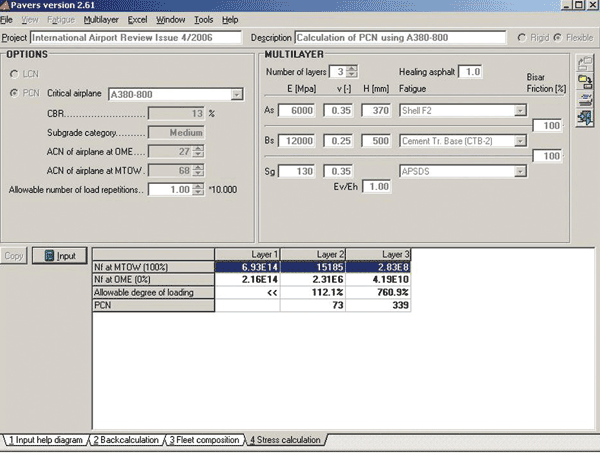

Figure 5: Determination of PCN respecting the performance of all constructed layers (Critical layer is CTB base, hence PCN is 73 F/B/WT)
References
[1] Haas, R. and Hudson, W.R. (1978), “Pavement Management Systems”, McGraw-Hill book company;
[2] Shahin, M.Y. (1994), Pavement Management for Airports, Roads and Parking Lots”, Chapman and Hall;
[3] Drenth, K (2005). Airports PMS using Incremental-Recursive Modelling Techniques. 1st European Airport Pavement Workshop organised by CROW, Amsterdam Airport;
[4] Stet, M.J.A. (2006). Profiling runways. International Airport Review, Volume 10, Issue 2.
[5] Stet, M.J.A. (2006). Pavement Evaluation and Reporting Strength. Homepage of Pavers www.pavers.nl.
Marc Stet
Marc Stet is a Member of the CROW Committee on Airport Roughness and PCN. He is a senior pavement consultant for VIA Aperta and a pavement specialist for PAVERS (www.pavers.nl).
The International Airport Summit is open for registration!
Date: 19 – 20 November 2025
Location: JW Marriott Hotel Berlin
At our flagship event of the year, we will dive into the future of airport operations, with expert-led sessions on passenger experience, innovative smart technologies, baggage handling, airside operations, data, security, and sustainability.
This is where global airport leaders come together to share insights, challenges, and real-world solutions.
Limited complimentary passes are available for eligible professionals – first come, first served!













